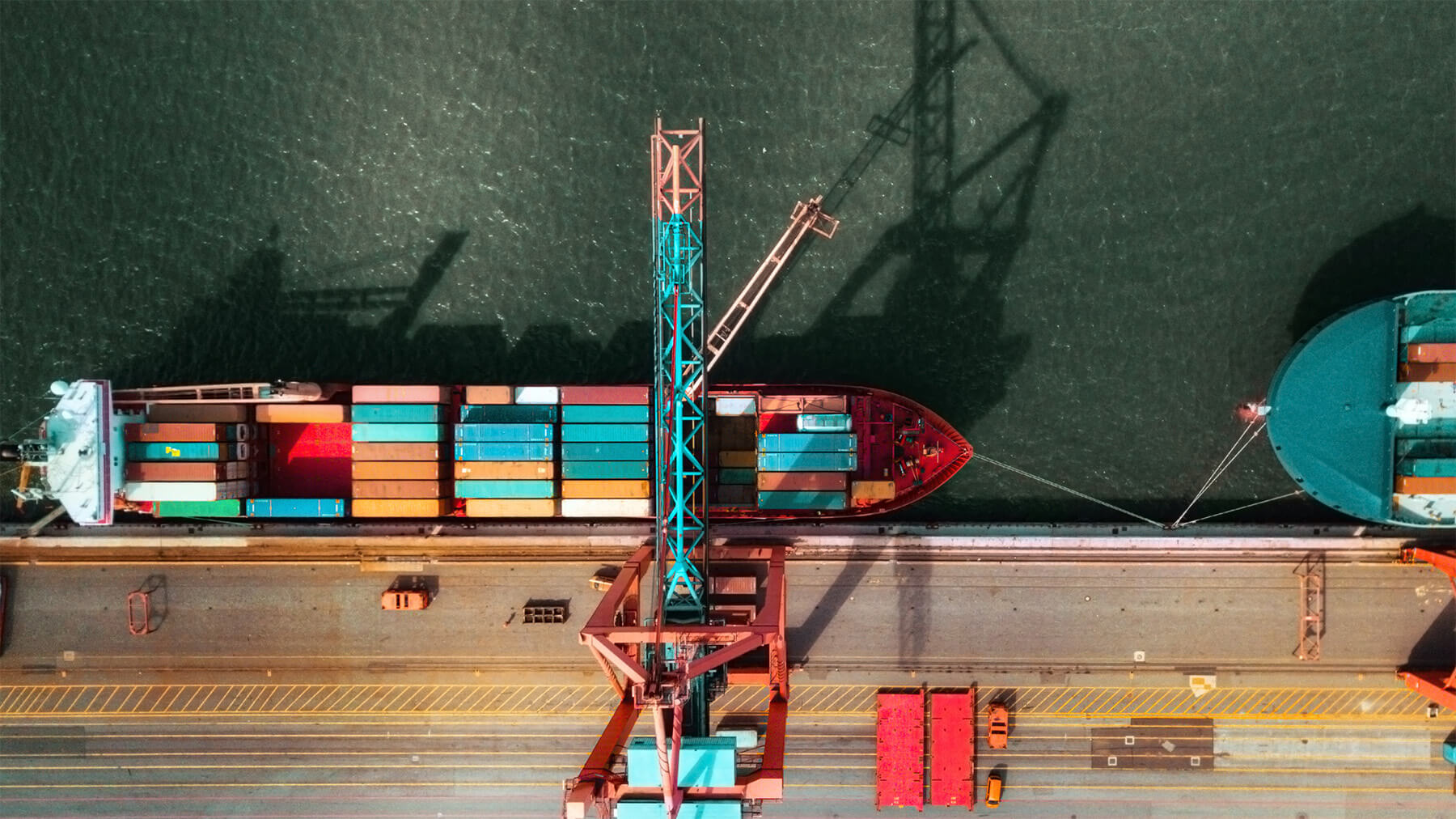Global supply chains were built on assumptions of stability in ocean shipping. However, the aftershocks from the Covid-19 Pandemic on the maritime industry — clogged ports, canceled sailings, and limited vessel capacity — have shown how vulnerable supply chains are to unforeseen disruptions that impact lead-times and can cause inventory shortfalls or customer dissatisfaction.
More than ever, what global supply chain managers need today is accurate, real-time ocean intelligence in order to mitigate disruptions and take corrective action when problems arise. Most shippers and third-party logistic companies still depend on unreliable maritime data sources: ocean carriers’ websites, electronic data interchange (EDI) or, satellite-provided vessel location, alone.
Poor Data Quality Results in Poor Visibility
The quality of the data from those sources is extremely poor and unreliable as it’s often erroneous and unprecise. That insufficiency stems from a combination of factors: a lack of data completeness, inaccurate milestone data on vessel arrivals and departures, latency of event notification, and a widespread lack of transparency.
Poor data quality results in ocean shippers having blind spots when it comes to planning their ocean shipping. Not only do supply chain managers lack the information to manage manufacturing productivity, inventory levels, and/or customer expectations, they are often blindsided by unexpected events such as blank sailings, the unbeknownst transfer of their cargo to another vessel, or delays due to a container congestion at port.
A Trustworthy Single Source of Truth
What shippers need to plan and manage their ocean shipping is a trustworthy single source of truth that provides both up-to-date and accurate information on the ocean shipping and port activity. Furthermore, they have to know in advance about any deviation in sailing schedules and the reason for any delay so they can communicate that information to their supply chain partners and customers. And if they can receive intelligence in advance on potential problems such as congestion at certain ports, they can explore the possible use of alternative ports and routings to avoid delays during annual planning cycles and with discretionary allocations on the spot market.
Port Intel to the Rescue
project44’s new product “Port Intel” gives ocean shippers the necessary real-time information they need to manage their maritime transportation in one central location. Port Intel aggregates data from multiple sources — direct EDI and application programming interface (API) integrations with ocean carriers and freight forwarders, and, finally, feeds from land- and satellite-provided global positioning systems of vessels.
But the Port Intel solution does more than just collect data. The project44 platform eliminates latency and ensures data completeness, accuracy, and fidelity. A variety of data science and machine-learning techniques further cleanse and normalize the data to ensure a source of truth for global ocean milestones, shipment status, and events. In cases where there are information gaps due to missing data, project44 enriches the on-hand, available data with probabilistic imputation of milestones, statuses, and events to create a full picture of port and maritime activity.
By giving a macro view of ocean shipping, Port Intel also makes it easy to spot trends. That means shippers only need to go to one place for the latest information on vessel whereabouts and delays, port congestions, port-to-port transit times, and sailing schedules. Port Intel features a Real-Time Virtual Interface with an interactive global map view. The interface gives details on ports around the world to analyze trends and assess shipping volatility.
Port Intel Empowers Ocean Shippers
Port Intel gives supply chain executives the centralized data they need to measure and reduce port congestion. It gathers, analyzes, compares, and monitors port congestion around the world as well as provides a comprehensive view of shipping lanes. Armed with Port Intel information, shippers are able to make better planning decisions upstream and meet customer expectations.



